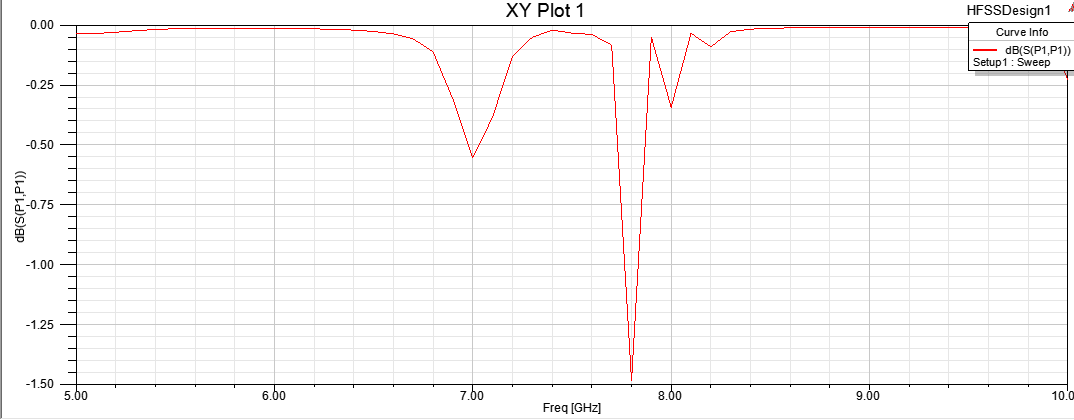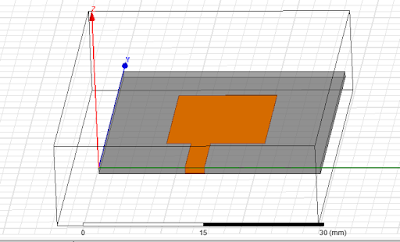RADAR AND ITS APPLICATION

RADAR was coined in 1940 by the United States Navy as an acronym for Radio Detection and Ranging or Radio Direction and Ranging. Radar is an object-detection system that uses radio waves to determine the range, angle, or velocity of objects. It can be used to detect aircraft, ships, spacecraft, guided missiles, motor vehicles, weather formation and terrain. Radar was developed secretly for military use by several nations in the period before and during World War II (1 September 1939 – 2 September 1945). Click here for accessing complete document.



